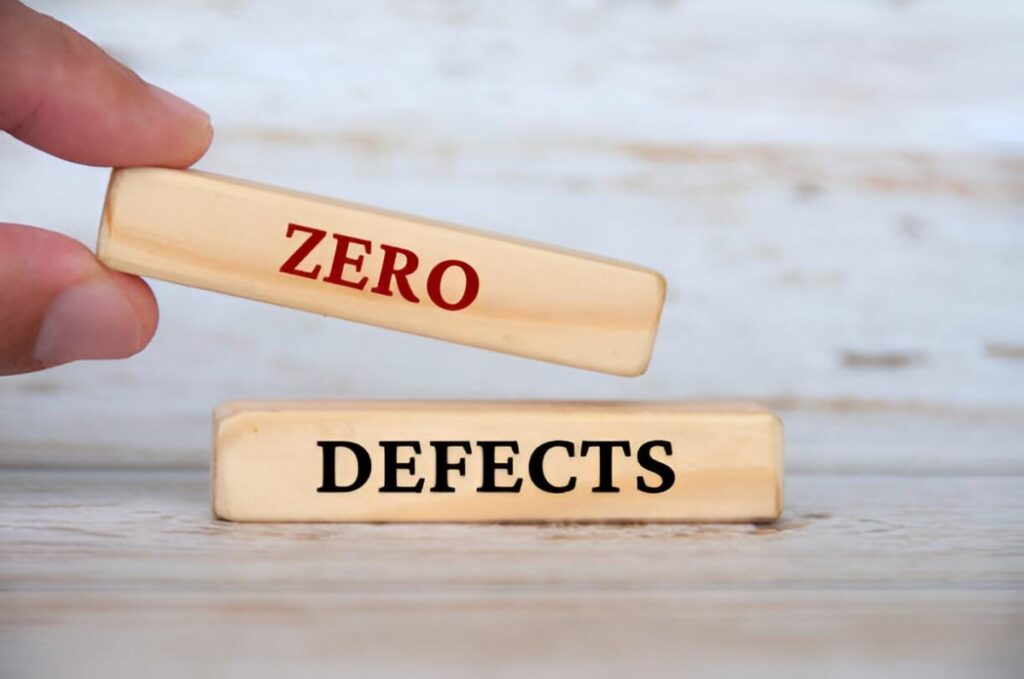Introduction
Opinion leaders shape public perception and influence decisions across industries. Whether in business, finance, politics, or social trends, these individuals hold the power to guide consumer behavior and market movements. Understanding how opinion leaders operate allows businesses, policymakers, and individuals to make informed decisions.
Table of Contents
Who Are Opinion Leaders?
Opinion leaders are individuals who influence others’ attitudes and behaviors due to their perceived expertise, credibility, or social status. Unlike traditional authority figures, opinion leaders gain influence through knowledge and trust rather than formal power. This distinction makes them particularly effective in swaying public opinion.
Characteristics of Opinion Leaders
- Expertise – They possess specialized knowledge in a particular field.
- Credibility – Others trust their judgment due to proven accuracy.
- Social Connectivity – They have broad networks and high engagement.
- Persuasion Skills – They communicate complex ideas in an accessible way.
- Independence – They often form opinions independently rather than following mainstream narratives.
Types of Opinion Leaders
Opinion leaders exist in various domains. Below is a comparative table highlighting different types:
| Type | Field of Influence | Example |
|---|---|---|
| Market Opinion Leaders | Finance & Investment | Warren Buffett |
| Political Opinion Leaders | Policy & Governance | Noam Chomsky |
| Social Media Influencers | Fashion & Lifestyle | Kim Kardashian |
| Academic Opinion Leaders | Research & Education | Steven Pinker |
| Tech Opinion Leaders | Innovation & AI | Elon Musk |
How Opinion Leaders Influence Decision-Making
Opinion leaders impact decisions through direct and indirect mechanisms. They shape market behavior, consumer choices, and even regulatory policies. Businesses use them to drive brand awareness, while governments rely on them to sway public sentiment.
Direct Influence
Direct influence occurs when opinion leaders provide recommendations that lead to immediate action. For example, if Warren Buffett endorses a stock, investors may react quickly by buying shares.
Indirect Influence
Indirect influence happens over time as opinion leaders shape perceptions through thought leadership, research, or persistent messaging. For instance, economists advocating for monetary policies can gradually shift public and institutional viewpoints.
The Role of Opinion Leaders in Business and Finance
Opinion leaders hold significant sway in financial markets. Their statements can impact stock prices, investor sentiment, and corporate strategies.
Stock Market Influence
An opinion leader’s endorsement of a stock can lead to price surges. This effect follows a demand-supply principle:
P = P_0 + \Delta Pwhere:
- P = new stock price after the leader’s endorsement
- P_0 = initial stock price
- \Delta P = price change due to increased demand
Case Study: The Elon Musk Effect
Elon Musk’s tweets about cryptocurrencies have demonstrated real-world opinion leader influence. For example, when he tweeted about Dogecoin, its price spiked by over 50% within hours.
Opinion Leaders vs. Traditional Influencers
Although opinion leaders and influencers both impact public perception, they differ in approach and credibility. Below is a comparison:
| Factor | Opinion Leaders | Social Media Influencers |
|---|---|---|
| Expertise | Deep industry knowledge | Trend-driven awareness |
| Trustworthiness | High due to experience | Variable, often promotional |
| Influence Longevity | Long-term impact | Short-term viral reach |
| Monetization | Typically indirect | Direct brand partnerships |
Identifying Opinion Leaders
Finding the right opinion leaders requires assessing credibility, reach, and alignment with business goals. Here’s a structured approach:
Step 1: Evaluate Expertise
Look for leaders with consistent accuracy and deep industry knowledge. This can be measured using:
C = \sum_{i=1}^{n} w_i \cdot r_iwhere:
- C = credibility score
- w_i = weight assigned to a credibility factor
- r_i = rating of the leader based on expertise, accuracy, and experience
- n = number of evaluation criteria
Step 2: Assess Influence Reach
Analyze their audience size, engagement metrics, and amplification power. A leader with high engagement across platforms often has a stronger influence than one with mere follower count.
Step 3: Monitor Past Predictions
Track their previous statements and evaluate the accuracy of their insights over time.
Practical Applications of Opinion Leadership
Opinion leaders are leveraged in marketing, finance, and social movements. Businesses collaborate with them for product endorsements, policymakers seek their support for public trust, and investors follow their insights for portfolio decisions.
Marketing Strategies
Companies integrate opinion leaders into branding efforts. This includes:
- Endorsements in advertising campaigns
- Featuring them in expert panels and webinars
- Utilizing their insights in thought leadership content
Finance and Investment Guidance
Investors analyze opinion leaders’ perspectives when making financial decisions. For example, hedge funds track influential economists to anticipate market shifts.
Social and Political Movements
Opinion leaders drive societal change by influencing policy, advocating for reforms, and shifting cultural narratives.
Ethical Considerations
While opinion leaders provide valuable insights, they also pose risks when their influence is misused. Ethical concerns include:
- Bias and Manipulation – Leaders with vested interests may distort facts.
- Misinformation – Unverified claims can mislead large audiences.
- Overreliance – Blindly following leaders without critical evaluation can lead to poor decisions.
Conclusion
Opinion leaders shape decisions across industries. Understanding how they operate provides a strategic advantage in business, finance, and social influence. By critically assessing their credibility and impact, individuals and organizations can leverage their insights effectively while mitigating risks. Their role will continue to evolve, making it essential to stay informed and adaptable.





